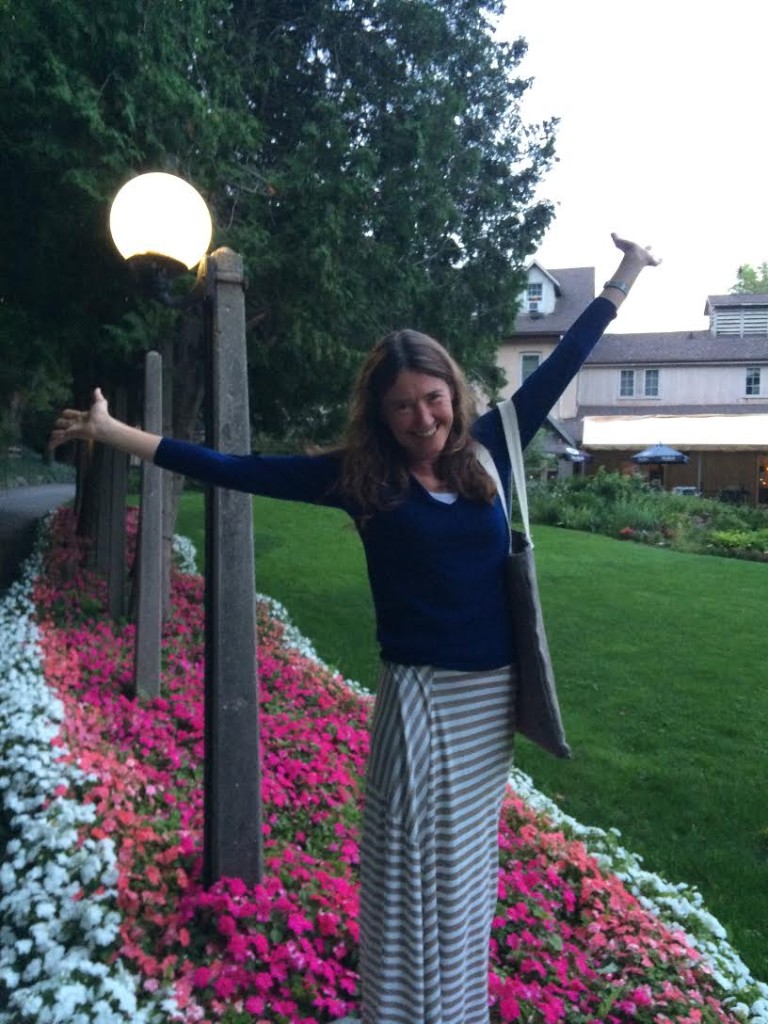Podcast: Play in new window | Download
Subscribe: Apple Podcasts | RSS
Dr. Christina (Naomi) Tague is an Associate Professor of ecoHydrology in the Bren School of Environmental Science and Management at the University of California, Santa Barbara. She received her Bachelor degree from the University of Waterloo in Systems Design Engineering and her MS and PhD degrees in Geography from the University of Toronto and completed postdoctoral research with the University Corporation for Atmospheric Research. Naomi then spent five years as a member of the faculty at San Diego State University before moving to UC Santa Barbara. Naomi is with us today to tell us all about her journey through life and science.
People Behind the Science Podcast Show Notes
Life Outside of Science
When she’s not hard at work in the lab, Naomi really enjoys dancing has gotten into a particular form of dance that also includes elements of martial arts.
The Scientific Side
Naomi is an ecohydrologist who studies how water, vegetation, and climate interact. She uses computer models and simulations to integrate different systems and understand landscapes as a whole.
A Dose of Motivation
Integrity is the integration of who you are with what you know.
What Got You Hooked on Science?
As a kid, Naomi always liked mathematics and computer modeling, particularly the design aspects of computer modeling. A love of nature motivated her to go into a scientific field where she could apply her work to understand nature.
The Low Points: Failures and Challenges
Naomi talks about the challenges of getting papers and proposals rejected and gives good advice in how to become more comfortable with these failures, harsh criticisms, and rejections in your science career.
A Shining Success!
Chance conversations can often lead to fascinating collaborations, and this was the case at one meeting where she and a colleague began to discuss how geology may affect how sensitive systems are to climate change. They reflected on how little researchers had investigated the role of soils and rock types in different processes. With this mission in mind, Naomi has gone on to publish papers demonstrating the importance of geology, and many people are now interested in this topic.
Book Recommendations
The Functional Art: An introduction to information graphics and visualization by Albert Cairo
Most Treasured Travel
Naomi’s favorite place is deep within the mountains within a thick conifer forest. She and her colleagues stumbled upon it when they were attempting to locate the source of a river while doing field work. The beautiful waterfall they discovered pouring out of a solid rock wall was truly breath-taking! It was sourced from an underground stream, but appeared as though it was coming from solid rock. She and her colleagues have promised not to reveal the location of this place, but the savvy naturalist might just be able to track it down using her clues.
Quirky Traditions and Funny Memories
One of the traditions that spans generations in Naomi’s lab is to get together each year at the annual American Geophysical Union meeting. They always reserve one night for the whole lab to get together, and it is a lot of fun for new students to meet people who came through the lab years before.
Advice For Us All
You have to take the time to make your work fun. Make sure to escape from your busy schedule every now and then to remind yourself that you’re doing this because you really love it.
Guest Bio
Naomi’s research is about integration and relationships: how different components of landscapes influence one another to create a dynamic system. She investigates how water, climate, soil and vegetation all interact and how human activities influence, and are influenced by these interactions. Her “system-oriented” perspective allows her to better understand and predict the impacts of climate and vegetation change, as well as urban design and development, on the environment. This includes looking at impacts on water supply and water quality, forest health and productivity, carbon sequestration, and vulnerability and response to disturbances such as drought and fire. Naomi uses cutting edge data science and informatics to develop this systems perspective. She specializes in the development and application of spatial, process-based simulation models. Her goal is to design models that can offer a flexible, adaptive framework for linking science-based understanding with data from a variety of sources, including intensive field-based monitoring/experimentation and remote sensing. Dr. Tague is the chief architect of RHESSys, the Regional Hydro-Ecologic Simulation System. Current projects include modeling climate change impacts on snowpacks, forest growth and mortality, summer streamflow patterns in mountain environments in the Western US and Europe, and examining how urbanization alters drainage patterns and associated biogeochemical cycling in urban systems. More information about her current projects can be found on her lab website.
